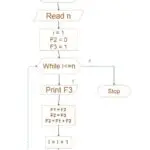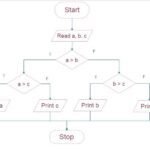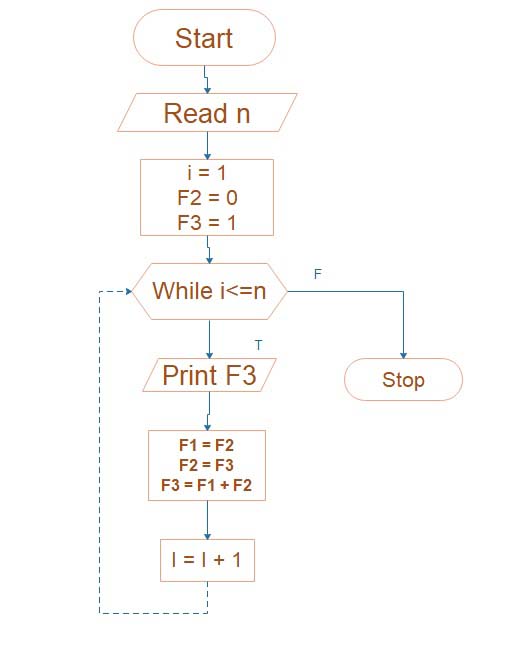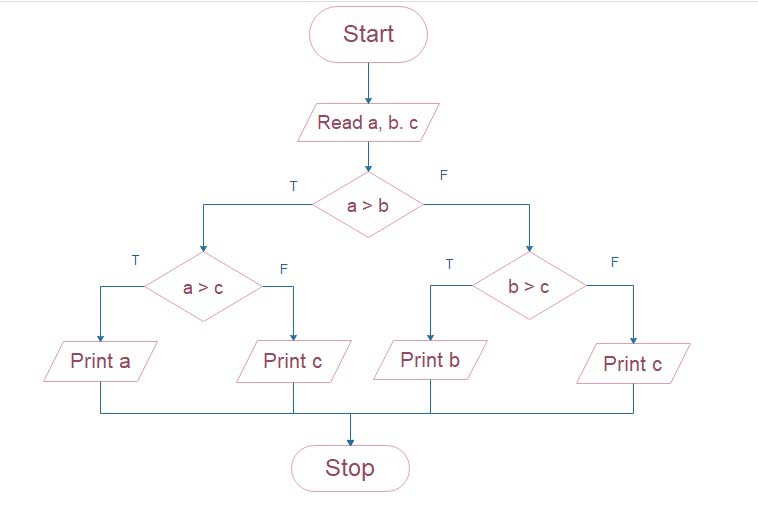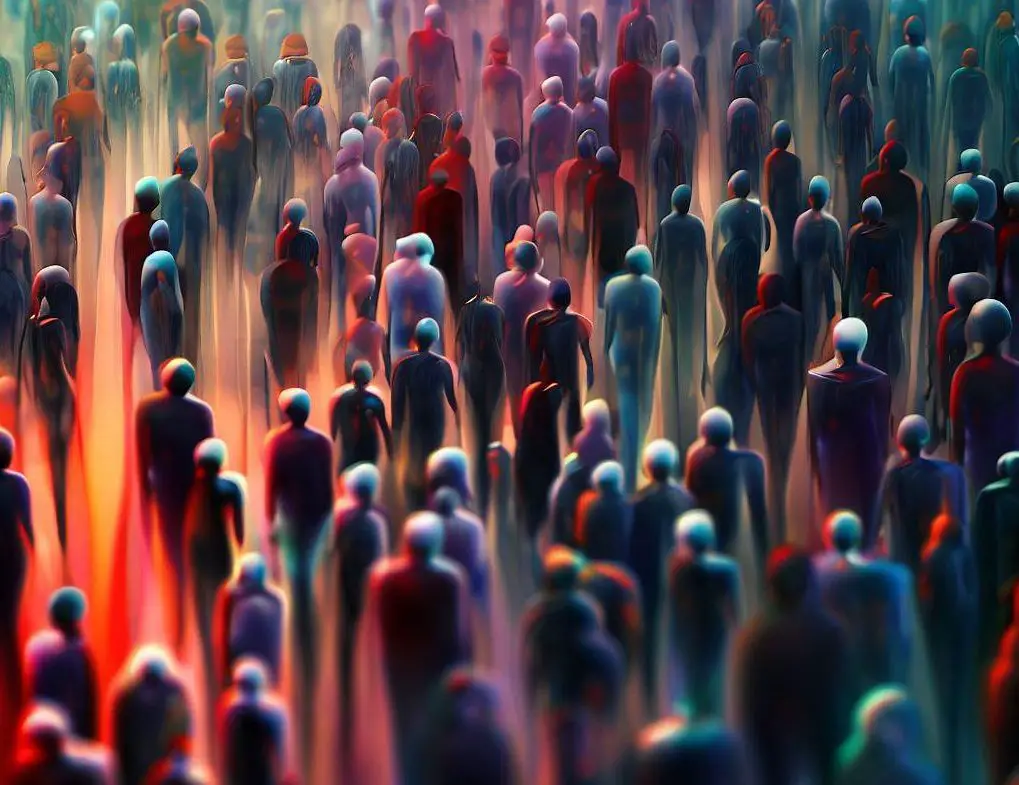The material used for making door and window
DOORS AND WINDOW
Some materials used for making door and window
Different forms of commercial wood

Plywood
- Some meaning of course ply is a thin layer.
- The plywood boards which are prepared from thin layers of wood in odd numbers are placed one above the other with the direction of grains of successive layers at a right angle to each other.
- The placing of veneers normal to each other increases the longitudinal and transverse strength of plywood.
- The face of plywood which has better finishing is known as the face and the other exposed face is the back of the plywood. The plywood is generally manufactured in 3 plywood, 5 plywood & so on.

Advantages
- It shows very little expansion or shrinkage due to variations in moisture content.
- They are light & available in large sizes.
- They are available in decorative design.
- They are not liable to split or crack.
- They are very easy to work with.
Veneer sheet
- Certain are thin sheets of wood of superior degree.
- The thickness varies from 4mm to 6mm or more.
- They are obtained by rotating logwood against a sharp knife rotating cutter or saw.
- Veneers after being removed, are dried in kilns to remove moisture.
Blockboard
- They consist of a core made up of small timber blocks up to 25mm thickness fixed together and edged to the edge.
- Both the faces are lastly covered by plywood of 3mm thickness.
- The direction of grains of the core is at right angles to that of outer plies.
- These are cheaper than lamin boards & are used for partitions & doors etc.
- The usual thickness is 12mm to 50mm, length varies from 1.2m to 2.4m & width from 90cm to 1.2m.

Batten Board
- These are just like blockboard in construction except that core is made from timber blocks of width up to 8cm & 2-3cm thick.
- These boards are used for door panels, tabletops & other flat surface.
- The direction of grains of the core, battens are at right angles to that of adjacent out ply sheets.
- Both are light and strong and do not crack oppositely and split easily.

Sunmica
- Sunmica is a kind of impregnated timber.
- Any timber which is fully approximately partially covered with resin is called impregnated timber.
- Some usual resin employed does phenol-formaldehyde which remains soluble in water.
- The veneer either thin strips of wood are taken and placed between wood cells and by chemical reaction a consolidation mass-developed.
- It is then cured at a temperature of above 150° C to 160° C. The impregnated timber is available under trade names such as Formica, Sunglass, Sunmica, etc. & it is used for furniture, decorative materials, etc.

Advantages
- It is not affected by moisture & weather conditions.
- It is strong & durable.
- It resists the acidic effects.
- It possesses more electrical insulation.
- It prevents a decent appearance.
- The contraction & expansion of impreg timber is about 25-40% less than ordinary timber.




